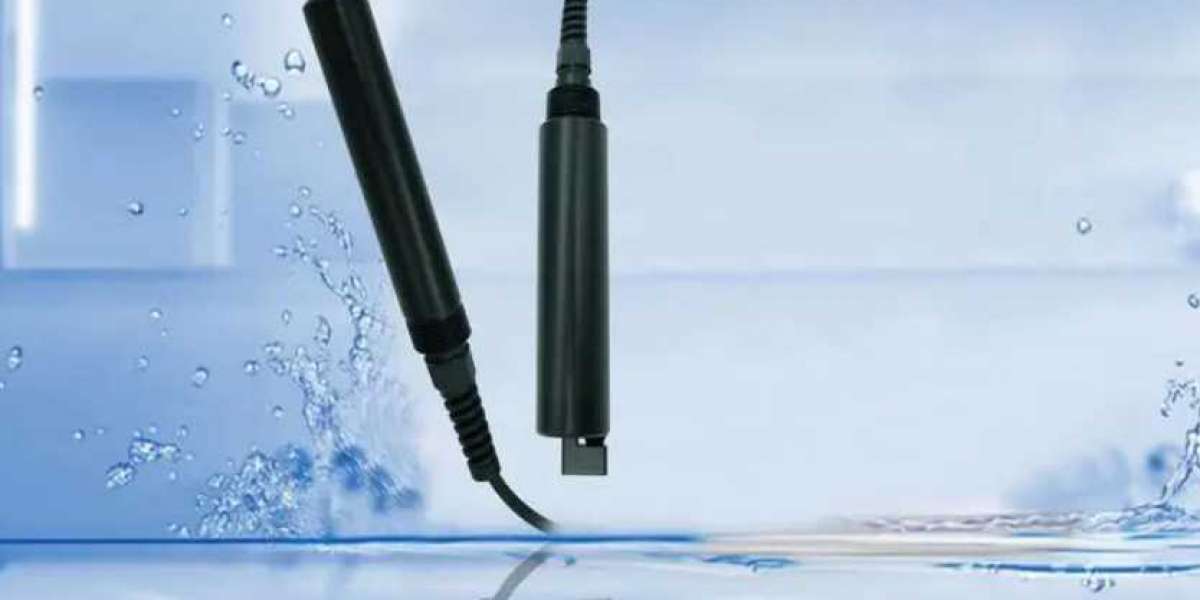Turbidity is understood as the cleanliness of a transparent medium and refers to the suspension or uniform dispersion of small insoluble particulate matter in a transparent medium. The scattering and absorption of incident light by the suspended material results in the attenuation of the light. The change in turbidity is usually measured in terms of parameters such as intensity of scattered light, intensity of transmitted light, and so on. It is an optical effect expressed as the degree to which light is impeded as it passes through a layer of water.
Turbidity is an extremely important woody indicator of natural and water use, and an important sign that the water may be contaminated. Turbid water impedes the transmission of light into a water body, reduces the depth of the light-transmitting layer, affects the survival of aquatic organisms and fish, and interferes with the recreational uses of the water body, such as water sports like swimming. Turbidity is a very important woody indicator of natural and water use and is an important indicator that the water may be contaminated.
What Factors Affect the Determination of Turbidity?
1.The water turbidity sensor detects the process of scattering light to determine the rate of particles suspended in the liquid medium. Scattered light depends on the concentration of the particles and the level of scattering of the particles. Secondly, the shape and size of the particles: particles are smaller than the wavelength of visible light, the symmetry of the scattered light 1/10. Larger particles (diameter usually larger than the wavelength of visible light) scatter light asymmetrically, and the scattering angle must be taken into account in the determination of turbidity.
2.Wavelength: As mentioned above, the intensity of the scattered light depends on the size of the particles. And whether the colour of the liquid reduces the amount of light or not, this also affects the turbidity parameter.
3.When we perform a turbidity measurement method, we can refer to a detection range. For example, many breweries need to detect particles containing yeast in liquid yellow water. Therefore, when testing, we must consider the angle and light source absorption. When turbidity is detected, some absorbing substances or fluorescence in the water quality will have an effect. However, this interference can be minimized during operation by wavelengths other than visible light (e.g. unk;GT;860 NM near infrared).
4.Air bubbles can also interfere with water turbidity online testing. In this case, we can choose an appropriate installation point to reduce the bubble interference.
What Are the Methods of Water Turbidity Measurement?
Turbidity measurement has chemical analysis method and instrumental analysis method, the current method is instrumental analysis method, namely photoelectric turbidity meter analysis method. Optical perturbation meter measurements are divided into transmission and scattering methods. The International Organization for Standardization, in its recommendation ISO7027, also positions the scattering method and the transmission method as the two standard measurement methods for turbidity meters.
Transmission Method: A beam of light is passed through a certain thickness of the water sample to be tested and the absorption and scattering of the incident light by suspended particles in the water sample to be tested is measured, this method is also known as turbidimetry.
Scattering Method: This is achieved by measuring the intensity of light scattered from the incident beam passing through the water sample by the dispersion of suspended particles in the sample, also known as scattering turbidity method. Scattered turbidity methods can be divided into backscattering and 90-degree scattering, of which the 90-degree scattering method is less affected by the size of the particles, even if there are different sizes of particles in the water samples can still achieve a high degree of accuracy.




